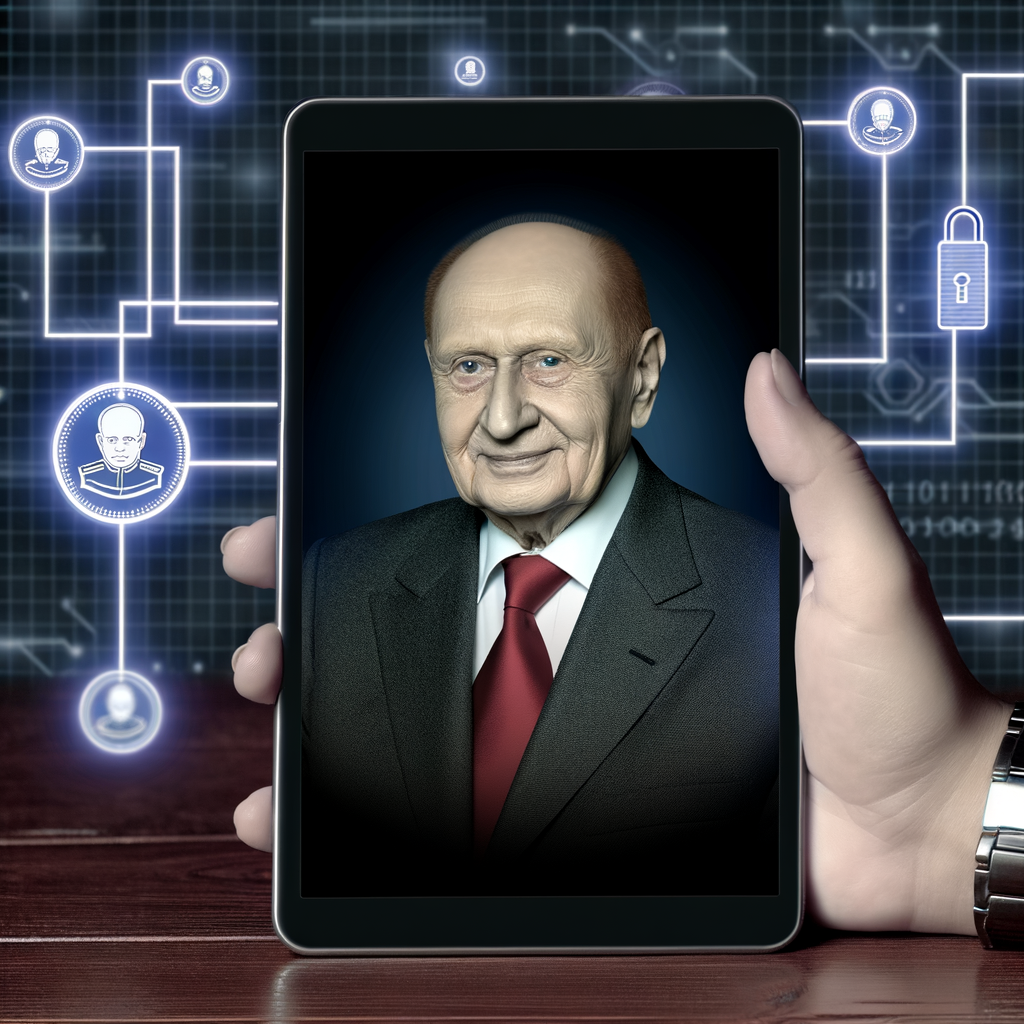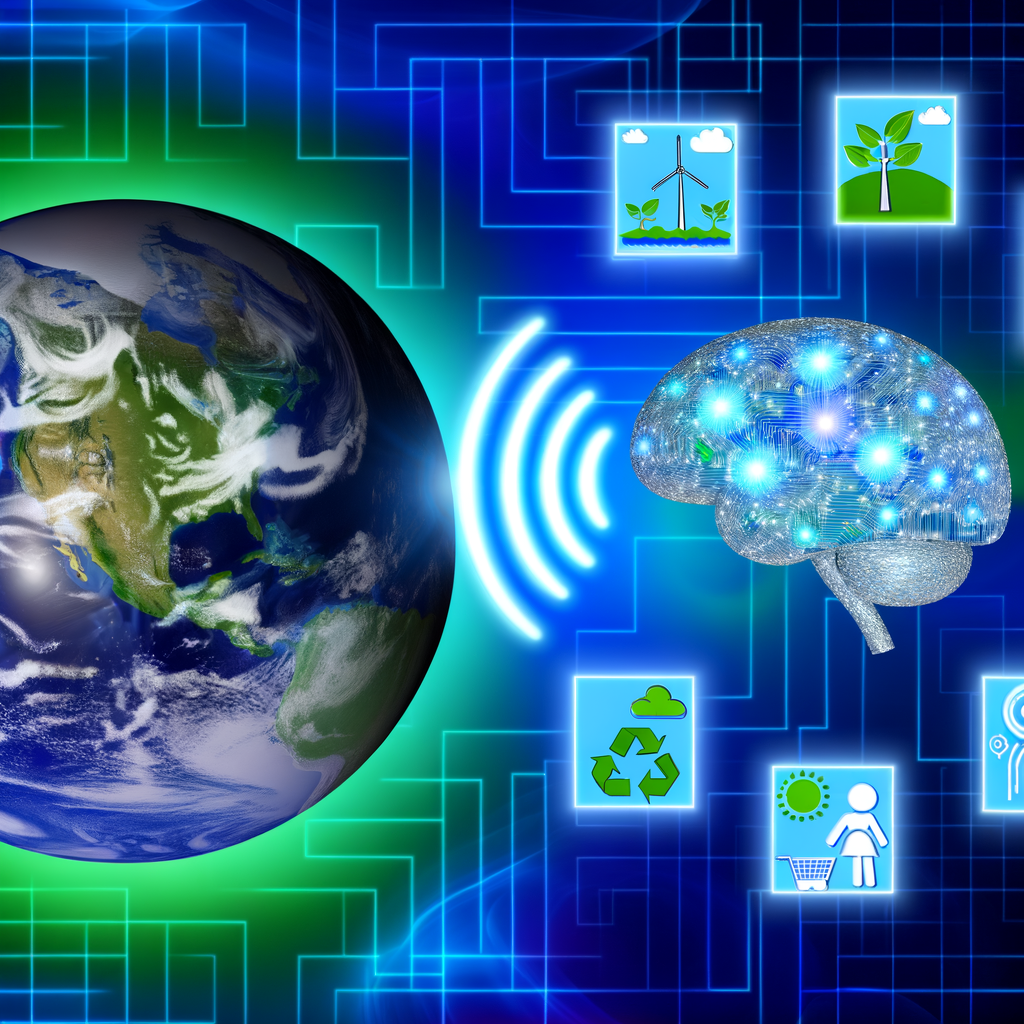“`html
President Biden’s Technology Legacy: AI and Cybersecurity Advances
On a significant Monday, President Biden took a bold step into the future of technology by signing an executive order on artificial intelligence. This move signals not only his commitment to advancing AI but also emphasizes the importance of cybersecurity in an increasingly digital world. As we explore the implications of this executive order, we will look at how Biden’s administration is shaping a technology legacy that prioritizes innovation, security, and ethical governance.
The Need for Regulation in AI Development
The rapid evolution of artificial intelligence has created a landscape filled with innovation but also uncertainty. As AI technologies become woven into the fabric of our daily lives—from healthcare to autonomous vehicles—President Biden recognized the pressing need for regulatory frameworks that ensure safe and ethical advancements.
“AI has the potential to revolutionize multiple sectors, but with that potential comes significant risks,” Biden remarked. This statement underscores a critical point: while the benefits of AI can be immense, the risks must be managed carefully to protect workers, consumers, and the broader society.
The Executive Order: Key Features
The executive order encompasses several key features that collectively aim to guide the responsible development of AI technologies:
- Establishment of Safety Standards: To ensure that AI systems are tested and validated for safety before they are deployed.
- Promotion of Transparency: Companies will be encouraged to disclose information about their AI systems, including their decision-making processes.
- Focus on Equity: Initiatives will be designed to prevent bias in AI technologies, ensuring fair treatment for all individuals.
- Investment in Research: The order calls for increased funding for AI research and development, particularly in enhancing capabilities related to security and ethical standards.
- Collaboration with the Private Sector: Emphasizing partnerships with tech companies to foster innovation while ensuring accountability.
These measures reflect an understanding that a truly beneficial future with AI is one that prioritizes human welfare and societal values.
Cybersecurity: The New Frontline
Alongside advancements in AI, cybersecurity remains a crucial priority for the Biden administration. As we venture further into a digital era, the vulnerabilities associated with technological advancements have become assets for malicious actors. The recent surge in cyberattacks, particularly against critical infrastructure, demonstrates the need for robust cybersecurity protocols.
The executive order also encompasses measures focused on strengthening the nation’s cybersecurity posture, including:
- Securing National Infrastructure: Collaborating with federal agencies to safeguard essential services from cyber threats.
- Enhancing Public-Private Partnerships: Encouraging businesses to report breaches and share information to bolster collective resilience against potential attacks.
- Increased Investment in Cyber Defense: Allocating resources towards developing advanced cybersecurity technologies.
As Biden expressed, “To keep our nation secure, we must stay one step ahead of cyber adversaries.” This proactive stance aims to create a safer digital environment for every American.
Impact on the Workforce
AI’s integration into various sectors inevitably raises concerns about its impact on employment. The fear that AI will replace human jobs is prevalent, yet the Biden administration believes this transition can be approached strategically. By prioritizing reskilling and upskilling of the workforce, the executive order aims to prepare Americans for the jobs of the future.
Programs will be introduced to facilitate training in AI-related fields, ensuring a well-equipped workforce that can thrive alongside emerging technologies. Biden acknowledges, “It’s not about eliminating jobs; it’s about creating new opportunities.” Ensuring a smooth transition not only protects jobs but prepares the next generation for promising careers in tech.
Global Leadership in AI
Another critical element of Biden’s executive order is the emphasis on global cooperation. As AI technology is a global phenomenon, international collaboration is essential in setting ethical standards and mitigating risks. Biden’s approach recognizes that the U.S. has a pivotal role in shaping global norms around AI usage, establishing partnerships with allies to foster a collaborative environment in technological advancement.
“We must lead by example on the world stage,” Biden stated, reinforcing America’s position as a leader in technology policy. By promoting shared values and ethical principles globally, the U.S. can steer the conversation in a direction that leans towards responsibility and inclusivity.
Conclusion: A Vision for the Future
The signing of the executive order on artificial intelligence is a landmark moment in President Biden’s technology legacy. With a focus on safety, transparency, and global cooperation, the administration has set forth a vision that prioritizes not just innovation but the well-being of society at large.
As the intersection of AI and cybersecurity becomes more pronounced, the steps taken today will define the technological landscape of tomorrow. By fostering an environment of responsibility, ethical governance, and public engagement, Biden aims to ensure that as we move forward into a technology-driven future, we do so with courage and intentionality.
In a world where technological advances can outpace regulation, the Biden administration is making strides to catch up, ensuring that American ingenuity thrives alongside strong ethical standards that protect its citizens.
“`


